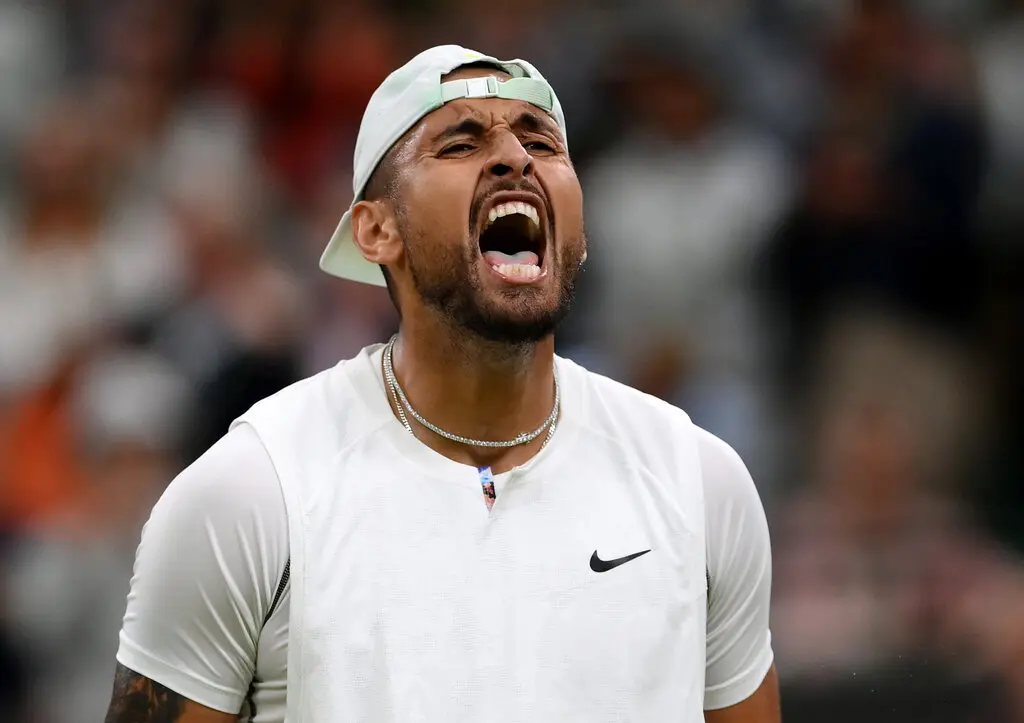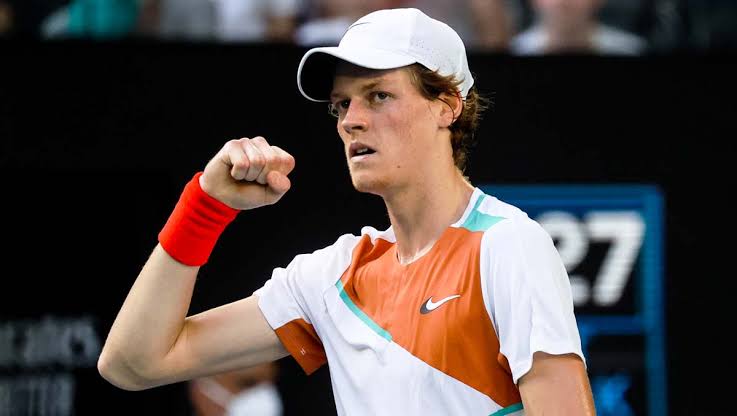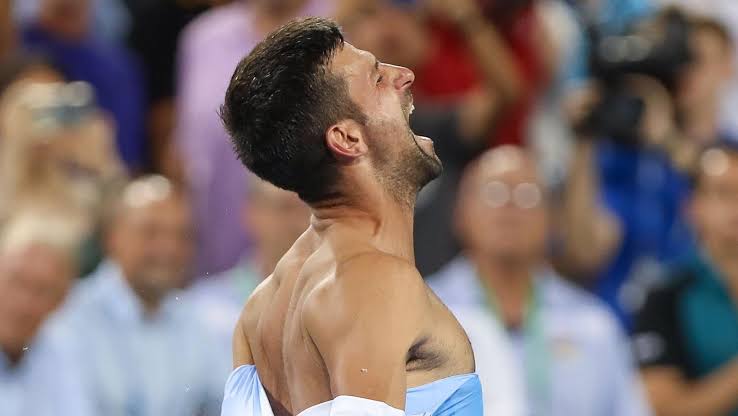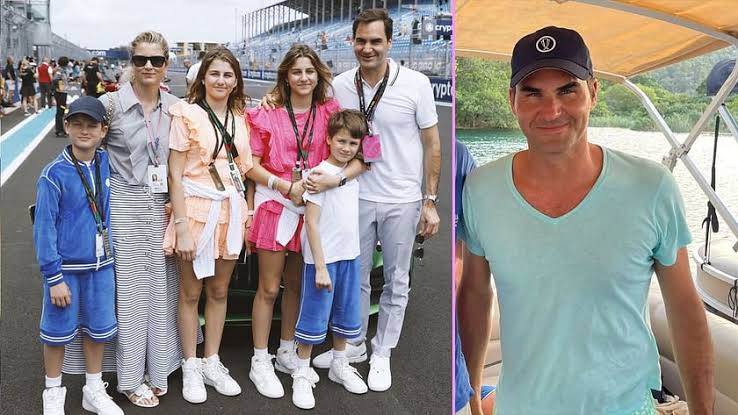In the world of tennis, few players polarize opinions quite like Nick Kyrgios. The Australian star, known as much for his raw talent as for his controversial takes, recently reignited a debate about the structure of Grand Slam tournaments. His suggestion? Play best-of-three sets in the early rounds, reserving the grueling best-of-five format for the quarterfinals onward. It’s a proposal that could radically reshape the sport, sparking heated discussions among fans, players, and analysts alike.
But does Kyrgios have a point? Is it time for the tennis world to reconsider its longstanding tradition? Let’s unpack the implications of such a change and weigh the pros and cons.
The Case for Kyrgios’ Proposal

Kyrgios’ idea isn’t just a random thought bubble; it’s rooted in practical concerns that resonate with many players. Here are some arguments in favor of this potential shake-up:
1. Player Health and Longevity
One of the strongest arguments for shorter matches in the early rounds is the toll that best-of-five matches take on players’ bodies. Tennis is already a physically demanding sport, with long rallies, quick sprints, and constant lateral movement. Add to that the possibility of five-set marathons in the first week, and it’s no surprise that injuries are common.
Consider the case of John Isner and Nicolas Mahut’s legendary 2010 Wimbledon match, which lasted 11 hours and 5 minutes over three days. While it was a spectacle, both players were visibly exhausted, and their performance in subsequent matches suffered. If the goal is to ensure that the best players are in top form for the later rounds, reducing early-round fatigue could be a wise move.
2. Fan Engagement
Let’s face it: not every first-round match is a blockbuster. While tennis purists appreciate the nuances of a five-set duel, casual fans might find it tedious to watch lesser-known players battle it out for hours. Best-of-three matches could lead to shorter, more intense encounters, potentially drawing in a broader audience.
Television ratings and streaming numbers suggest that viewers are more likely to tune in for high-stakes moments and big-name showdowns. Shortening early-round matches could keep the action brisk and the excitement high, ensuring fans stay engaged throughout the tournament.
3. Leveling the Playing Field
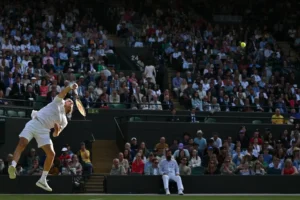
In the current format, higher-ranked players often have a significant advantage in the early rounds. Their superior fitness and ability to recover from long matches give them a clear edge in best-of-five contests. A switch to best-of-three could level the playing field, giving lower-ranked players a better chance to pull off an upset. This could add an element of unpredictability and excitement to the opening rounds.
4. Modernizing the Game
Tennis is constantly evolving. From Hawk-Eye technology to shot clocks, the sport has embraced change to stay relevant. Shortening early-round matches could be another step in this direction, aligning Grand Slams with other tournaments like Masters 1000 events, where best-of-three is the norm.
The Counterarguments: Tradition and the Test of Greatness
Of course, not everyone is on board with Kyrgios’ proposal. Many argue that the current format is integral to what makes Grand Slams special. Here’s why some tennis aficionados believe the tradition should remain untouched:
1. Preserving the Prestige
Grand Slams are the pinnacle of tennis, and part of their allure lies in their unique challenges. The best-of-five format tests not only skill but also endurance, mental toughness, and the ability to adapt. It’s a proving ground where only the fittest and most resilient players prevail.
Changing to best-of-three in the early rounds might dilute this sense of prestige. Critics argue that it would make Grand Slams feel less distinct from other tournaments, eroding the traditions that set them apart.
2. Memorable Marathons

Some of tennis’ most iconic moments have come from marathon matches. Think of Rafael Nadal and Roger Federer’s epic 2008 Wimbledon final or Novak Djokovic’s grueling battles with Andy Murray. These matches have defined careers and captivated audiences, showcasing the sport at its most dramatic.
Shortening matches could mean fewer of these legendary encounters. While best-of-three can still produce thrilling contests, it lacks the same narrative arc as a five-set duel, where momentum shifts and comebacks create unforgettable drama.
3. A Slippery Slope?
Traditionalists fear that Kyrgios’ proposal could open the door to further changes that might undermine the essence of the sport. If we shorten matches in the early rounds, what’s next? Could we see tiebreaks replace deciding sets at all stages or even discussions about adopting shorter formats like Fast4 for Grand Slams? While innovation is important, there’s a fine line between modernization and losing what makes tennis unique.
4. Player Disagreements
Not all players share Kyrgios’ view. Many of the sport’s top stars, including Nadal and Djokovic, have spoken out in favor of retaining the best-of-five format. They argue that it rewards preparation and fitness while providing a more comprehensive test of a player’s abilities. For them, the current structure is a defining feature of Grand Slam tennis and shouldn’t be altered lightly.
What Do the Numbers Say?
Statistical analysis offers some interesting insights into this debate. According to ATP data, matches lasting over four hours are relatively rare in the early rounds. Most contests are decided in straight sets or in four sets, making the physical toll of five-set matches less common than some might think.
However, the cumulative effect of longer matches can’t be ignored. Players who survive grueling early-round encounters often struggle to maintain peak performance later in the tournament. Reducing early-round fatigue could lead to higher-quality matches in the later stages, potentially benefiting the overall spectacle.
Fan Reactions: Divided Opinions
Social media exploded with opinions when Kyrgios voiced his suggestion. Supporters praised his forward-thinking approach, arguing that it could make tennis more appealing to younger audiences. Critics, however, accused him of seeking shortcuts and disrespecting the sport’s traditions.
Interestingly, a poll conducted by Tennis Channel showed a near 50-50 split among fans, reflecting just how divisive this issue is. While some see it as a necessary evolution, others view it as an unnecessary disruption.
What’s the Verdict?
Kyrgios’ proposal is certainly worth considering, but it’s not without its challenges. Balancing tradition with innovation is always tricky, especially in a sport as steeped in history as tennis. While best-of-three matches could address some legitimate concerns, they might also sacrifice elements that make Grand Slams truly special.
Perhaps the solution lies in compromise. Instead of an all-or-nothing approach, organizers could experiment with different formats at smaller tournaments or even trial Kyrgios’ idea at one Grand Slam to gauge its impact. This would allow the tennis world to assess whether the benefits outweigh the drawbacks without committing to a permanent change.
Conclusion: Serving Up Change or Holding Serve?
Nick Kyrgios has once again proven to be a disruptor, challenging the status quo and sparking important conversations. Whether you agree with him or not, his suggestion forces us to think about what we value most in tennis: tradition, innovation, or a delicate balance of both.
As the debate continues, one thing is clear: tennis is at a crossroads. The sport has an opportunity to evolve while preserving its essence. Whether that evolution includes shorter matches in the early rounds of Grand Slams remains to be seen, but one thing’s for sure—Kyrgios has served up a topic we’ll be debating for years to come.
